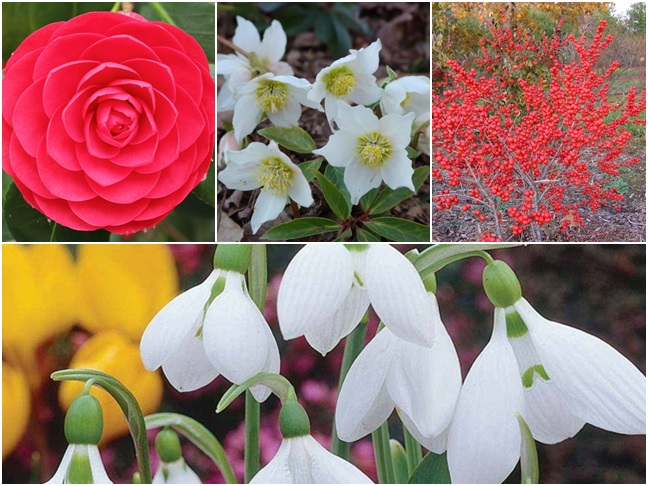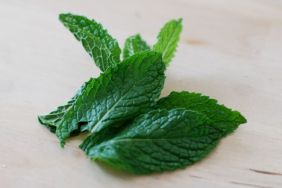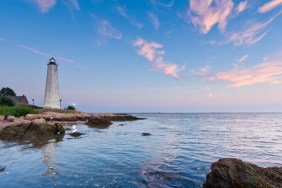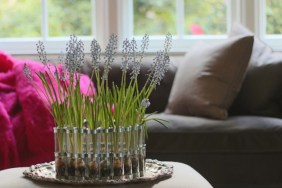Once the weather turns cold, most gardens go barren for the winter as summer annuals are pulled when frost hits and perennials are cut back for next season. Even traditional fall annuals like cabbage, kale, mums and most pansies can’t tolerate freezing temperature so the only thing brightening your yard during the dreary winter months are holiday lights, should you choose to decorate. It doesn’t have to be this way, though. There are many trees, shrubs and plants that thrive in winter, adding bursts of color even in areas with the most frigid temperatures. Here are five things to plant in your winter garden that will perk up your landscape even on the grayest of days.
Winter Garden
-
Camellia

One of the most beautiful and popular winter-blooming plants, the Camellia (Camellia japonica) almost looks out of place with its striking pink or white rose-like blossoms and dark green foliage peeking out of your freezing landscape. This stunning evergreen blooms from fall to early spring and can grow to from 6 to 10 feet tall. Winter-blooming camellia are tough enough to thrive in the Mid-Atlantic region as far north as U.S.D.A. Zone 6b. They require filtered sun, protection from strong winds and weekly watering, plus more water in extreme heat. Camellia are also wonderfully low maintenance because they shed their petals individually, eliminating the task of deadheading in the dead of winter.
-
Winterberry
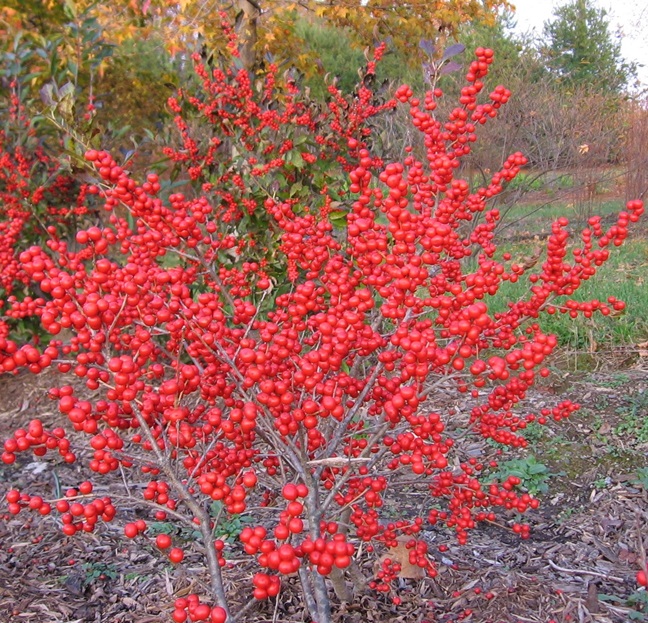
Another stunning addition to your winter garden that is sure to get you in the holiday spirit is Winterberry (Ilex verticillata). This deciduous shrub is actually a cousin of holly, but unlike holly, winterberry loses its dark green, double-toothed leaves in the fall, leaving just bright red berries as the focus of everyone’s attention. As an added bonus, these berries provide food for hungry birds who will flock to your garden like it is a five-star buffet. Hardy in U.S.D.A. zones 3a-9b, winterberry works well in even the coldest regions and prefers shady moist areas to thrive. It can grow 6 to 15 feet tall and just as wide.
-
Variegated Red Twig Dogwood

Another fantastic addition to your winter garden is Variegated Red Twig Dogwood (Cornus alba 'Elegantissima'). The beauty of this deciduous shrub is in its gorgeous red stems which are revealed when their rich green leaves drop off in the fall. These bright red stems look absolutely stunning when paired with evergreens and a snowy, frozen backdrop, adding texture and interest during the coldest days. Variegated Red Twig Dogwood can be grown in U.S.D.A. zones 2 to 9 and requires full sun for its stems to reach maximum vibrancy. This Northwest native shrub can grow from 6 to 10 feet tall and will spread equally wide.
-
Christmas Rose
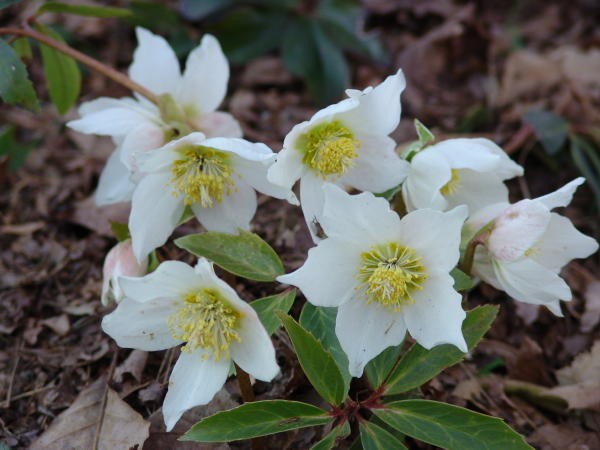
One of the most beautiful cold weather plants that will thrive in a winter garden is the aptly named Christmas Rose (Helleborus niger). This herbaceous perennial is a member of the Ranunculaceae family and features gorgeous white and pink blooms with striking yellow stamens. Christmas Rose blooms from late December to March and looks especially stunning after moderate snowfall as its evergreen leaves peek out from the drifts, highlighting the crisp, pale flowers. Hardy in U.S.D.A. zones 3 to 8, Hellebores require part to full shade to thrive and grow about 1 foot tall and wide.
-
Giant Snowdrops
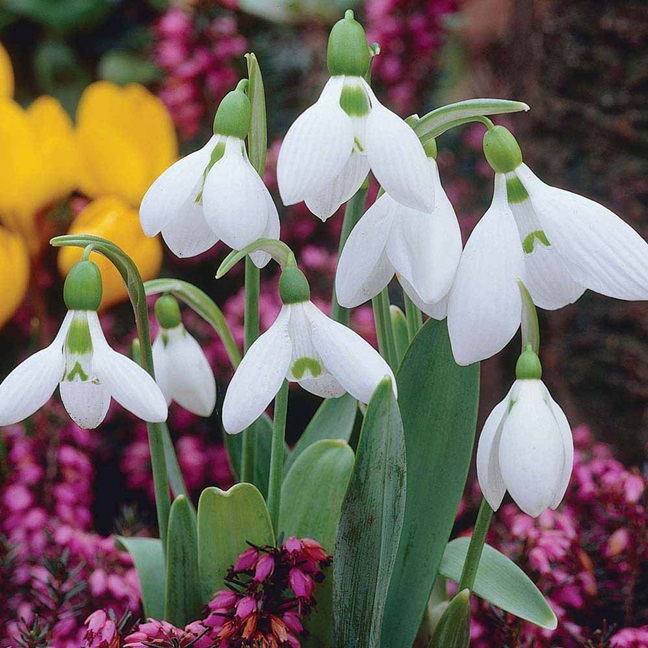
Most people think of bulbs as spring bloomers like tulips and daffodils but a great bulb that blooms in late winter is the Giant Snowdrop (Galanthus elwesii). Perfect for rock gardens or under taller shrubs, the this flower has large, 4-inch white, waxy, bell-shaped blooms that look stunning as they poke up through the snow-covered ground from February to March. A member of a Amaryllidaceae family, Snowdrops are hardy in U.S.D.A. zones 4 to 7 but prefer cooler temperatures to truly thrive. They require full sun to part shade and should be planted in the fall. Snowdrops can grow up to 1 foot tall and spread up to ½ foot wide.
